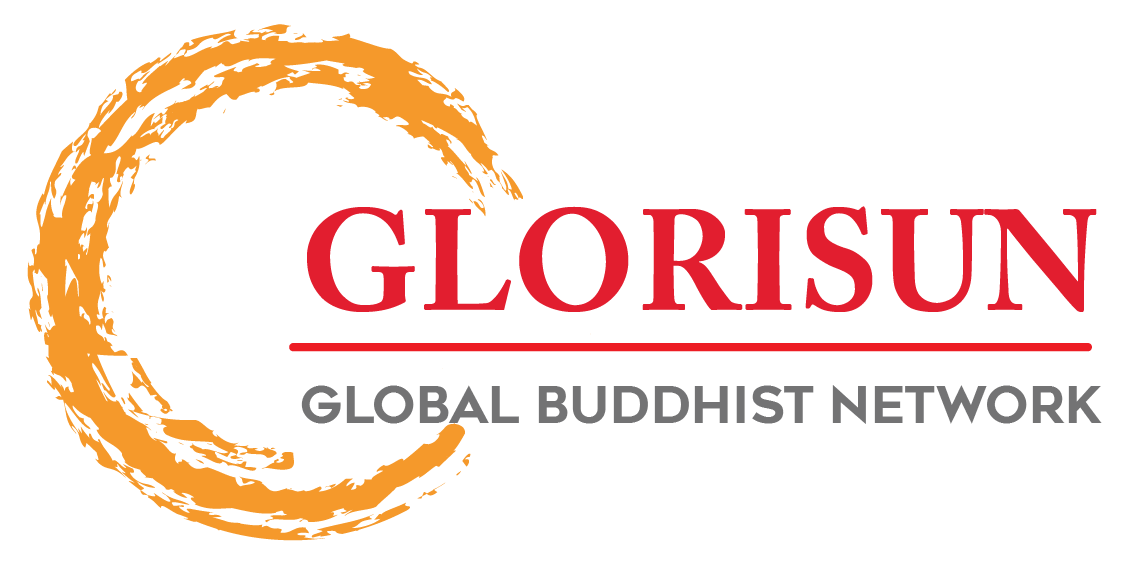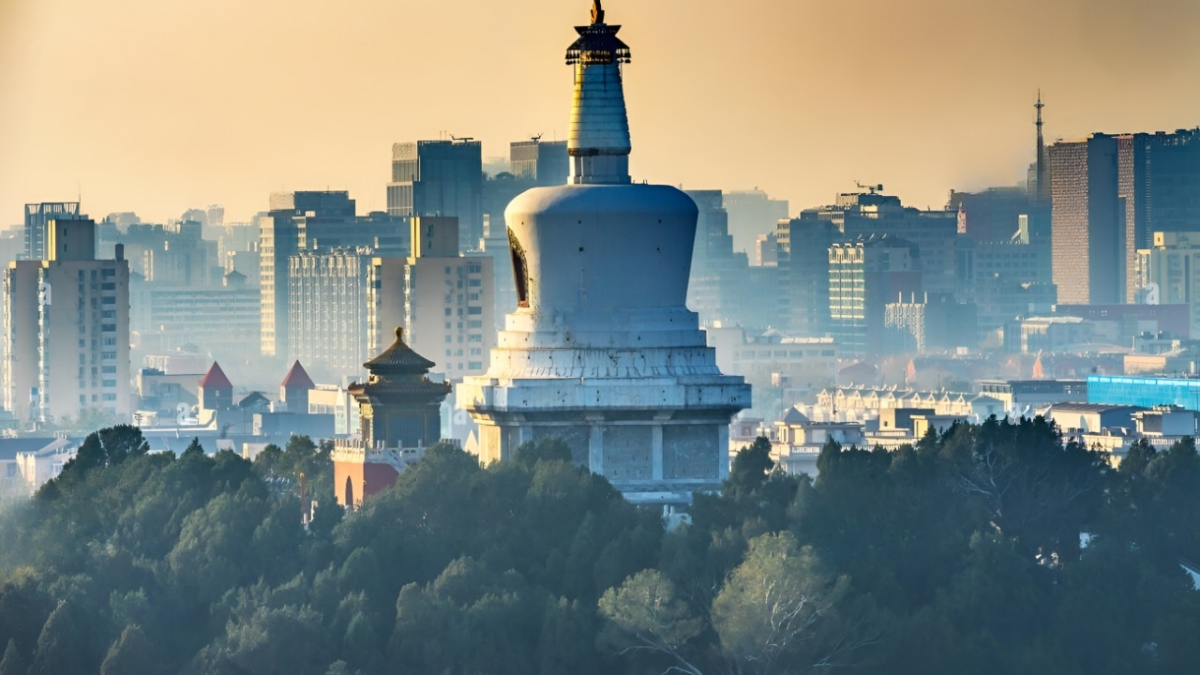Image courtesy of Alamy
Buddhism and Art from Transregional and Cross-Cultural Perspectives
International Symposium
July 9-10, 2025
Inalco, Paris, France
| Abstracts | Panelists | Schedule | Reports |
This conference is sponsored by the Glorisun Charity Foundation 旭日慈善基金 and the China-Britain Trust for the Promotion of Buddhist Studies 中英佛學促進會, administered by the Glorisun Global Network for Buddhist Studies 旭日全球佛教研究網絡 (https://glorisunglobalnetwork.org) at Peking University (represented by its Research Center for Buddhist Texts and Art 北京大學佛教典籍與藝術研究中心) and at the University of British Columbia (represented by its FROGBEAR project www.frogbear.org), and hosted by the Centre d’études interdisciplinaires sur le bouddhisme (CEIB) and the Institut national des langues et civilisations orientales (Inalco) in Paris, France. It will take place from July 8, 2025 (arrival) to July 11, 2025 (departure) in Inalco.
As Buddhism disseminated, it transcended geographical and cultural boundaries, becoming a vital component of human cultural exchange. Originating in India, Buddhism traversed the Silk Road, reaching Central Asia, East Asia, and Southeast Asia, functioning as a bridge between Eastern and Western civilizations. This process significantly influenced ancient Asian beliefs and lifestyles, while also bequeathing a rich artistic legacy in sculpture, painting, architecture, music, dance, and crafts. Buddhist art, embodying expressions of doctrine, philosophy, and faith, gradually assimilated local cultural elements across diverse regions, serving as a paradigm of cross-cultural exchange and fusion.
In the tapestry of cross-cultural communication, Buddhist art emerges not merely as a vessel for the transmission of religious beliefs but as a vital force in the creation and evolution of diverse artistic styles. Buddhist art engages in a rich dialogue with local folk traditions, Daoism, Confucianism, and other cultural currents, gradually transforming into unique art forms that resonate with the characteristics of each region it touches.
In the context of an accelerating globalization, the cross-cultural dissemination of Buddhist art has become increasingly extensive, offering fresh perspectives on the understanding of diverse cultures, religions, and artistic forms. The upcoming symposium aims to bring together scholars from around the globe to explore the transmission methods, artistic expressions, and cross-cultural adaptations of Buddhism across various historical and cultural contexts. Through interdisciplinary and multi-perspective dialogue, the conference seeks to deepen our understanding of the interaction between Buddhism and art, while also investigating the impact and potential of Buddhist art in contemporary society.
We sincerely invite scholars to participate in this symposium to collectively explore the cross-cultural dissemination of Buddhist art. Together, we aim to uncover the adaptability and unique value of Buddhist art within various cultural frameworks, contributing new academic insights to the future development of Buddhist art research.
The scope of this conference includes, but is not limited to:
- Transregional dissemination and localization of Buddhist art
- Buddhist iconography
- Cross-cultural influence of Buddhism from India to China
- Buddhist art in Korea and Japan
- Buddhist architecture in East Asia, Central Asia, and South Asia
- Buddhism and music: transregional dissemination and development
- Buddhist handicrafts: Cross-border transmission and evolution
- Buddhist art and folk beliefs
- Globalization and digitization: contemporary perspectives on Buddhist art research
The organizing committee cordially invites the submission of papers related to the conference theme. We are now enrolling about 10-15 scholars from all over the world to join the approximately 20 scholars whose participation has been confirmed. All associated costs, including room and board during the conference, will be covered by the host institutions. Depending on necessity and the availability of funding, some travel cost may also be covered. The conference will result in the publication of a collection of papers in both Chinese and English. Scholars who are confident in completing a draft of their papers by the end of June 2025 and can complete a publishable paper by the middle of October, 2025 are encouraged to apply.
This conference is planned as part of our annual International and Intensive Program on Buddhist Studies.

